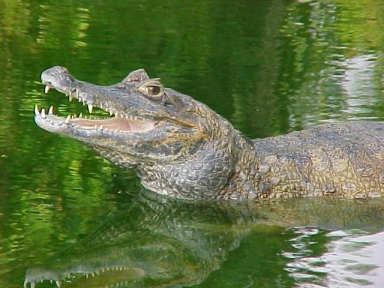Spix's Macaw (Cyanopsitta spixii), also known as the Little Blue Macaw, is a Brazilianmacaw and the only small blue macaw. It is a member of Arini tribe in the subfamily Arinae (Neotropical parrots), part of the family Psittacidae (the true parrots). It was first described by German naturalist Georg Marcgrave, when he was working in the State of Pernambuco,Brazil in 1638 and it is named for German naturalist Johann Baptist von Spix, who collected a specimen in 1819 on the bank of the Rio São Francisco in northeast Bahia in Brazil.
The species inhabited riparian Caraibeira (Tabebuia aurea) woodland galleries in the drainage basin of the Rio São Francisco within the Caatinga dry forest climate of interior northeastern Brazil. It had a very restricted natural habitat due to its dependence on the tree for nesting, feeding and roosting. It fed primarily on seeds and nuts of Caraiba and variousEuphorbiaceae (spurge) shrubs, the dominant vegetation of the Caatinga. Due to deforestation in its limited range and specialized habitat, the bird has been rare in the wild throughout the twentieth century. It has always been very rare in captivity, partly due to the remoteness of its natural range.
The IUCN regard the Spix's Macaw as critically endangered and possibly extinct in the wild. Its last known stronghold in the wild was in northeastern Bahia, Brazil and the last known wild bird was a male that vanished in 2000. The species is now maintained through a captive breeding program at several conservation organizations under the aegis of the Brazilian government. It is listed on CITES Appendix I, which makes trade illegal except for legitimate conservation, scientific or educational purposes.








